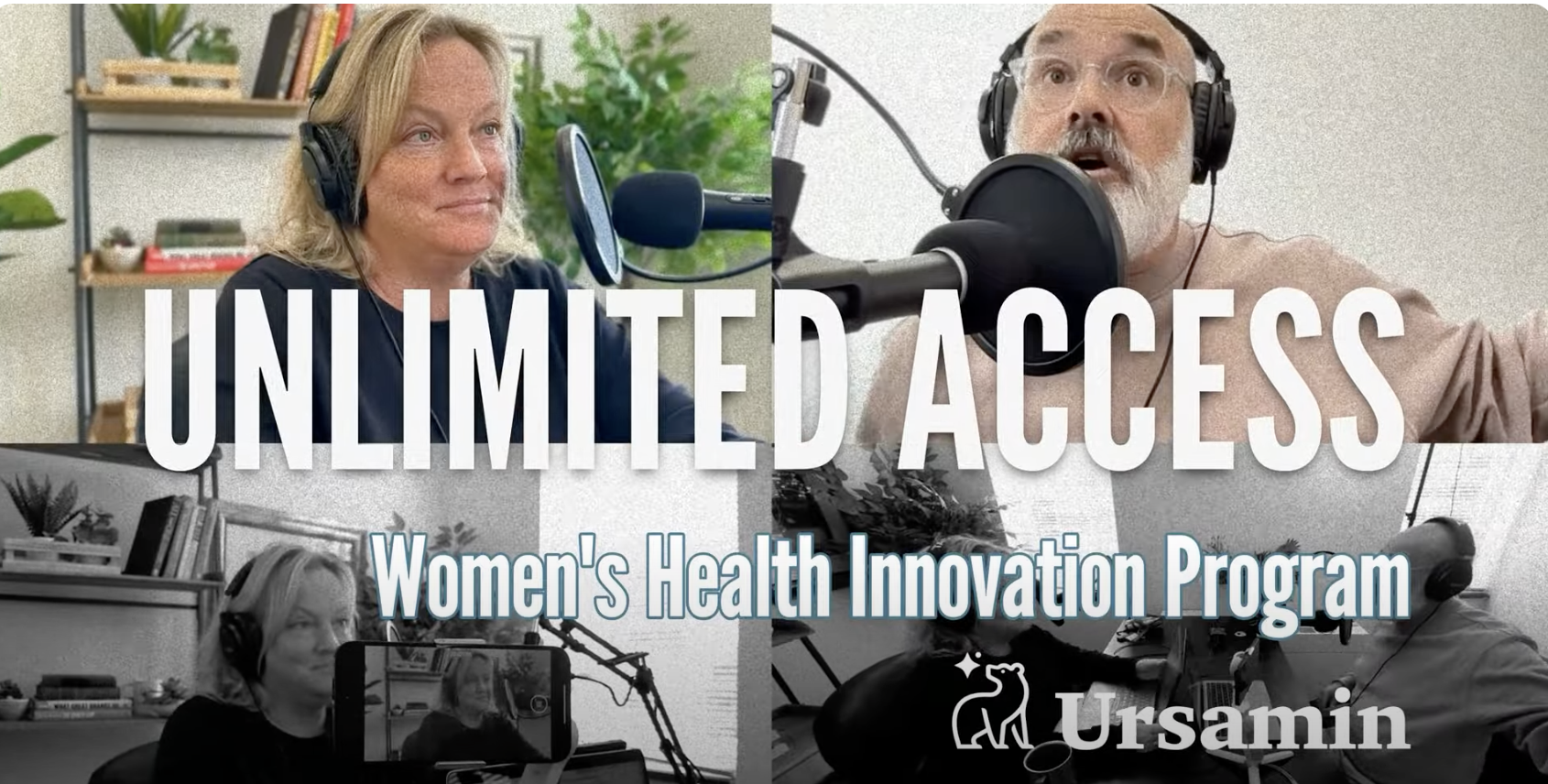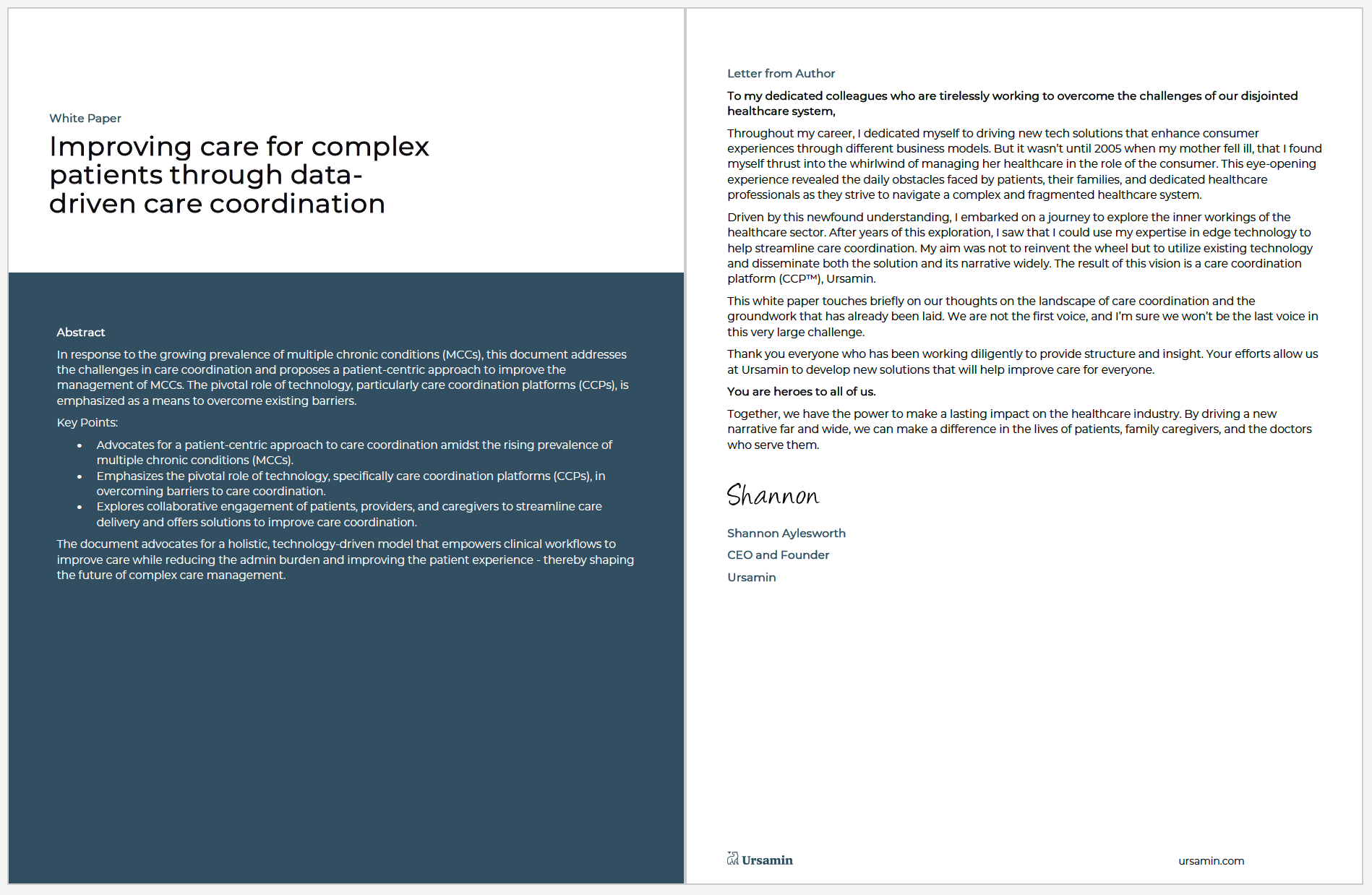Primary care physicians and specialists play a significant role in engaging patients with polychronic conditions. Their responsibility extends beyond diagnosis and treatment. They are entrusted with the task of involving patients in their care and encouraging proactive steps towards better health outcomes. Through the empowerment of patients with multiple chronic conditions (MCC) and the utilization of nudging techniques, we can enhance engagement, ultimately leading to an improved quality of life.
Patient Nudging and the Value of Patient Engagement
Patient nudging involves gently encouraging patients to actively participate in their care journey through personalized interventions. This approach fosters a sense of partnership and significantly boosts patient engagement.
Patient engagement in healthcare holds crucial importance for several reasons:
Leads to better health outcomes: Active patient involvement results in higher adherence to treatment plans, effective management of chronic conditions, and overall better health.
Improves patient satisfaction and trust: Patients who feel respected, heard, and involved in their healthcare decisions develop stronger bonds with their healthcare providers. This leads to greater satisfaction and trust in the healthcare system.
Reduces healthcare costs: Engaged patients are less likely to require unnecessary hospitalizations, emergency room visits, or face avoidable complications. This reduction results in cost savings for both patients and healthcare systems.
Nudging Techniques to Boost Patient Engagement and Patient Adherence
Physicians and care teams can deploy subtle yet powerful “nudging” strategies and techniques to improve treatment adherence.
Research has shown incorporating patient nudging can significantly improve patient adherence. For example, a team of researchers from the UK and USA, in partnership with the NHS, carried out a study on individuals with chronic diseases. Their goal was to trigger the patient’s availability bias, helping them evaluate the advantages of medication intake. The findings revealed that intervening through patient nudging emphasized the individual financial burdens associated with non-compliance, resulting in an effective strategy for enhancing adherence.
These nudging techniques, based on the principles of behavioral science, gently guide patients toward decisions that align with their healthcare objectives while maintaining their autonomy. Here are some nudging techniques to consider:
- Use of personalized reminders and notifications. Thanks to advancements in care coordination platforms and the capabilities of machine learning, it is more feasible to customize nudge strategies for individual patients. This personalized approach leads to improved outcomes not only for the patient but also for their family and overall society. Automated reminders for appointments, medication refills, and preventive screenings help patients stay on track with their healthcare needs. These reminders can be tailored to each patient’s preferences and needs, increasing the likelihood of adherence.
- Implement shared decision-making tools. Shared decision-making involves collaborating with patients to make informed choices about their care. By providing patients with all the necessary information, including the risks, benefits, and alternatives, we empower them to actively participate in the decision-making process. Tools such as decision aids, which present information clearly and unbiasedly, help patients understand their options and make choices aligned with their values and preferences.
- Incorporate gamification elements into healthcare. Gamification involves applying game design principles to non-game contexts to motivate and engage individuals. By introducing challenges, rewards, and progress tracking into healthcare, the patient experience becomes more enjoyable and encourages positive health behaviors. For example, using a mobile application that tracks daily steps and rewards patients with virtual badges for achieving certain milestones helps promote physical activity and improves overall engagement.
The Benefits of Patient Activation and Involving Patients in Their Care
Patient activation refers to the knowledge, skills, and confidence that enable individuals to take an active role in managing their health. Activated patients are more likely to engage in behaviors that promote better health outcomes, such as adhering to medication regimens, following lifestyle recommendations, and seeking preventive care.
Additionally, patient activation is linked to improved patient-provider communication, increased satisfaction with care, and better self-management of chronic conditions.
By involving patients in their care, we tap into their unique perspectives and experiences, leading to more personalized and patient-centered healthcare. Patients are experts in their own bodies, and their insights can provide valuable information that complements medical knowledge. Engaging patients in shared decision-making allows us to consider their preferences, values, and goals, ultimately leading to better treatment plans and improved patient outcomes.
Furthermore, patient involvement in their care promotes a sense of ownership and responsibility. When patients actively participate in decision-making and take charge of their health, they become more invested in the outcomes. This sense of ownership fosters a proactive approach to healthcare, where patients are motivated to make positive changes and take the necessary steps to improve their well-being. Patient involvement also reduces the likelihood of medical errors and increases patient safety, as patients become more vigilant about their treatments and medications.
Tools and Platforms for Primary Care and Nephrology to Improve Patient Engagement
Mobile applications play a significant role in improving patient engagement. With the widespread use of smartphones, healthcare apps have become increasingly popular and effective in promoting healthy behaviors and patient empowerment. Mobile apps can provide patients with educational resources, medication reminders, symptom tracking, and lifestyle recommendations. These apps not only empower patients but also facilitate constant communication and support between patients and healthcare professionals.
With polychronic patients projected to triple to 83.4 million by 2030, it is more critical than ever to collaborate with extended care teams to be ready for this trajectory of growth. Another option is to consider tools and platforms built to help facilitate teamwork for care plans, updates, and distribute or manage information.
Platform solutions aimed to support better patient engagement and communication should enable:
– Bi-Directional Communication: Automated sharing techniques enable easier communication inside the platform vs. traditional emailing or uploading documents
– Extended Care Team Integration: Patient–approved family and medical caregivers to enable more seamless patient support across roles
– Provider-Driven Education: Patient and caregiver focused – providers can scale education by cohort and track usefulness
– Curated Support Resources: National and local resources available to patients and caregivers
– Patient Reported Outcomes: Critical feedback loop from patient to provider on treatment plans in between office visits to check status and ensure adjustments can be made quickly
As technology progresses, we can anticipate the emergence of more innovative solutions that will further enhance patient involvement. Take, for instance, the role of Artificial Intelligence (AI) in understanding the complete history and behaviors of patients. AI has the potential to revolutionize patient involvement by assessing where each patient stands in their healthcare journey. Also, it helps facilitate the next steps in their care management.
For example, a newly diagnosed patient with chronic kidney disease (CKD) has very different needs than someone who has been dealing with the disease for several years. AI can automatically tailor education and communication to patients at each stage, continuously tracking the usefulness of these interventions for broader cohort usage. This approach streamlines patient engagement and significantly reduces the long-term administrative overhead, ultimately improving the quality of patient care.
Moreover, wearable devices and remote monitoring technologies are poised to play a crucial role in the future of patient participation. These devices have the ability to monitor vital signs, ensure medication adherence, and provide instantaneous feedback to both patients and healthcare professionals. Remote monitoring also facilitates virtual consultations, reducing the necessity for in-person visits and expanding access to care, particularly for individuals residing in rural or underserved areas.
By empowering patients and leveraging nudging techniques, primary care physicians and specialists can boost patient engagement and improve health outcomes. Patient activation and involvement in their care lead to better health outcomes, increased patient satisfaction, and reduced healthcare costs. As we look towards the future, advancements in technology will continue to facilitate patient engagement, ensuring that healthcare becomes more personalized, accessible, and empowering for patients.
For more about Patient Nudging listen to Ursamin’s Unlimited Access Podcast Episode: Empowering Patients: The Impact of Patient Nudging on Health Management.





